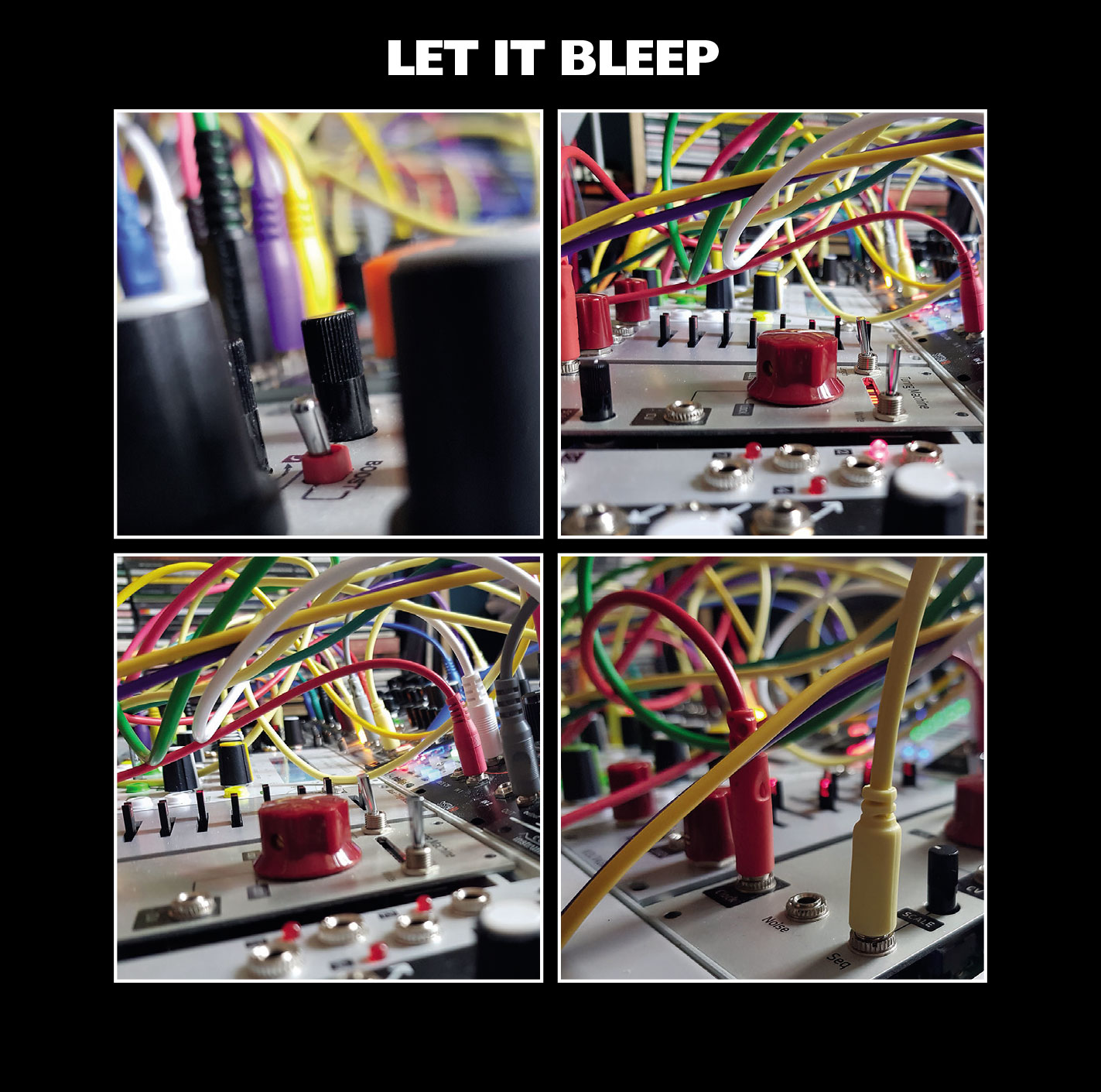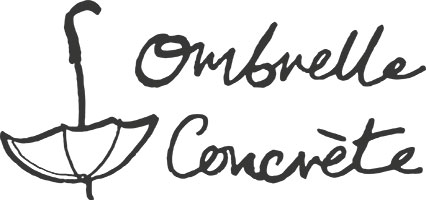
LET IT BE is the twelfth and final studio album by THE BEATLES. It was released on 8th May 1970, just weeks after the group’s break-up.
Eleven of the twelve tracks were recorded the previous year, and a 1968 version of ‘Across The Universe’ replaced ‘Don’t Let Me Down’ on the final version of the album that was originally titled, ‘Get Back’; and though the original conception was to go back to their rock ‘n’ roll roots by way of galvanising a fab four which were falling part, The Beatles and their lifelong producer George Martin would always use the studio to experiment and push the envelope to the limit, in their joint interest to continually move forward.
So, what if The Beatles had recorded Let It Be in 2020? A contemporary George Martin and The Beatles would be at the cutting edge of experimental music and probably be knee deep in today’s electronic software and technology. They would share more in common with electronic experimentation, that by its very ethos is ever evolving and in constant flux through expansion, eclectic diversification and constant compulsive exploration into and beyond realms of musical knowns, known unknowns and unknown unknowns.
For those who fear nosebleeds by stepping away from the safety net and three chord mop tops of all our yesterdays and spent tickets to ride, think more Come Dine With Me with Thom Yorke, Eliane Radigue, Stefan Betke and Anna Meredith rather than a lifeless game of the ironically titled Pointless with Oasis and Billy Childish!
The Beatles interest in electronic and experimental music is well documented. Paul McCartney met Delia Derbyshire when she was a member of the Radiophonic Workshop – most famous for creating the time-lord-less Doctor Who Theme with tape loops and learned ways of Musique Concréte. According to McCartney, there were discussions to reinterpret his song Yesterday with Derbyshire using similar experimentations for a backing track.
Among the electronic music composers McCartney admired of the time, were Cornelius Cardew (who he saw perform with the avant garde experimentalist group AMM in 1966) and Karlheinz Stockhausen (whose image appeared on the cover of the Sgt Pepper album); and in 1967 Delia Derbyshire’s work as a member of electronic outfit Unit Delta Plus shared a bill with The Beatles at the Roundhouse in London, when they submitted a 14-minute piece for the Million Volt Light and Sound Rave. Carnival of Light has never officially been released; and though now ‘versions’ are widely available on the Internet, the “official” track has apparently only been heard by a few people.
So, what if The Beatles had recorded Let It Be exactly 50 years on, in 2020. What would it sound like; and, more pertinently, where would they be on the contemporary music spectrum? Would they be ignoring the present and creating the future of music? Or would they insist on using only the warmth of analogue and old valve amps? No. Their eyes, arms and minds would be wide open to new ways of working, and breaking the code and burning down fences – who wants to sit on a burning fence?
A contemporary equivalent of George Martin and The Beatles would be at the cutting edge of evolutionary experimental music. Knee deep, not in sitars, mellotrons and acid tabs, but salivating with amazement at how fast today’s electronic software and technology changes by the week. The album they would release on 8th May 2020 would probably sound more like LET IT BLEEP.
